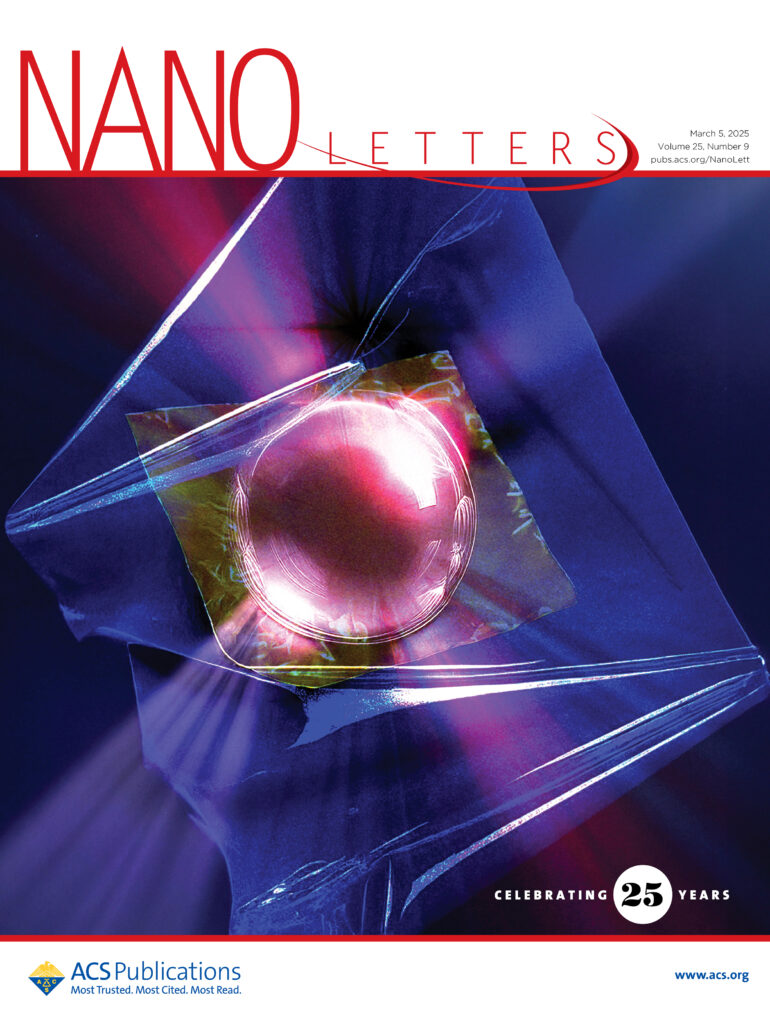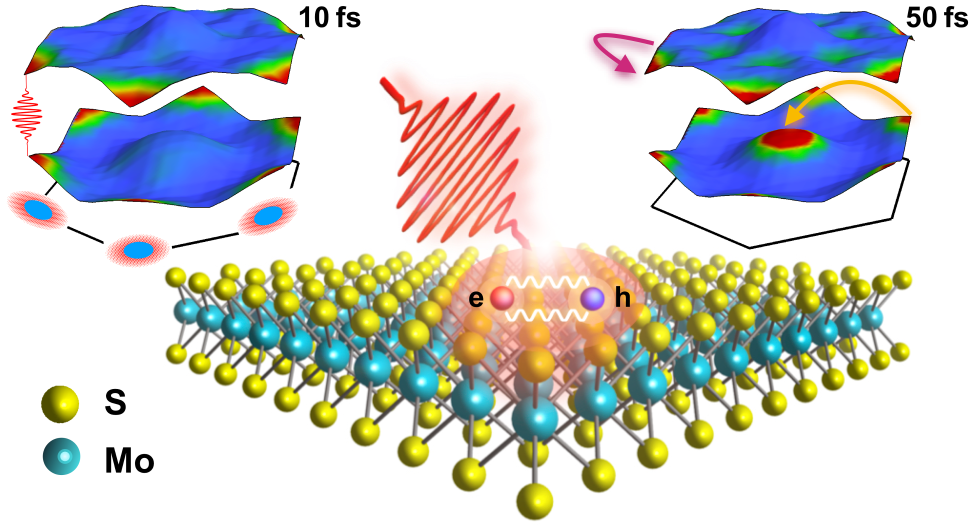TIME2QUEST is a project of the Italian National Institute for Nuclear Physics (INFN) aimed at developing advanced theoretical methodologies for the study of emerging two-dimensional (2D) materials and exploring their potential applications in quantum information science. This initiative stands out for its strongly interdisciplinary approach, bringing together expertise in theoretical physics, materials science, and quantum technologies to gain a deep understanding of the phenomena governing these novel systems.

Materials such as graphene and transition metal dichalcogenides (TMDs) are at the forefront of current research due to their exceptional electronic, optical, and mechanical properties. These features make them ideal candidates for future quantum device applications. Within this context, TIME2QUEST aims to build theoretical and computational tools capable of accurately describing electronic behavior, charge transport, and quantum coherence in these systems, with the ultimate goal of contributing to the design of new architectures for quantum computing and communication.
A defining strength of the project is its integrated and synergistic approach across multiple research directions: from many-body theory to out-of-equilibrium quantum dynamics, from quantum optics to ab initio simulations. This unified vision enables a systematic response to the complexities posed by 2D materials and the development of predictive models that can guide experimental investigations.

The group improved their ab initio real-time GW method [Ref. 1] by integrating the interaction of electrons with phonons and coherent phonons, and successfully applied it to a MoS2 monolayer. The ubiquitous but elusive coherent-to-incoherent crossover emerges naturally along with other exciting correlation effects.
More details in Ref. 2.
TIME2QUEST focuses on well-defined scientific objectives, such as the study of electronic, spin, and optical properties related to atomic defects, the analysis of moiré patterning effects, and the characterization of topologically protected states and exotic phases like excitonic insulators. Furthermore, the project adopts tools from quantum metrology and quantum information theory to evaluate the performance of potential quantum dots based on 2D materials, paving the way for the development of innovative and optimized quantum protocols.
References













































































































